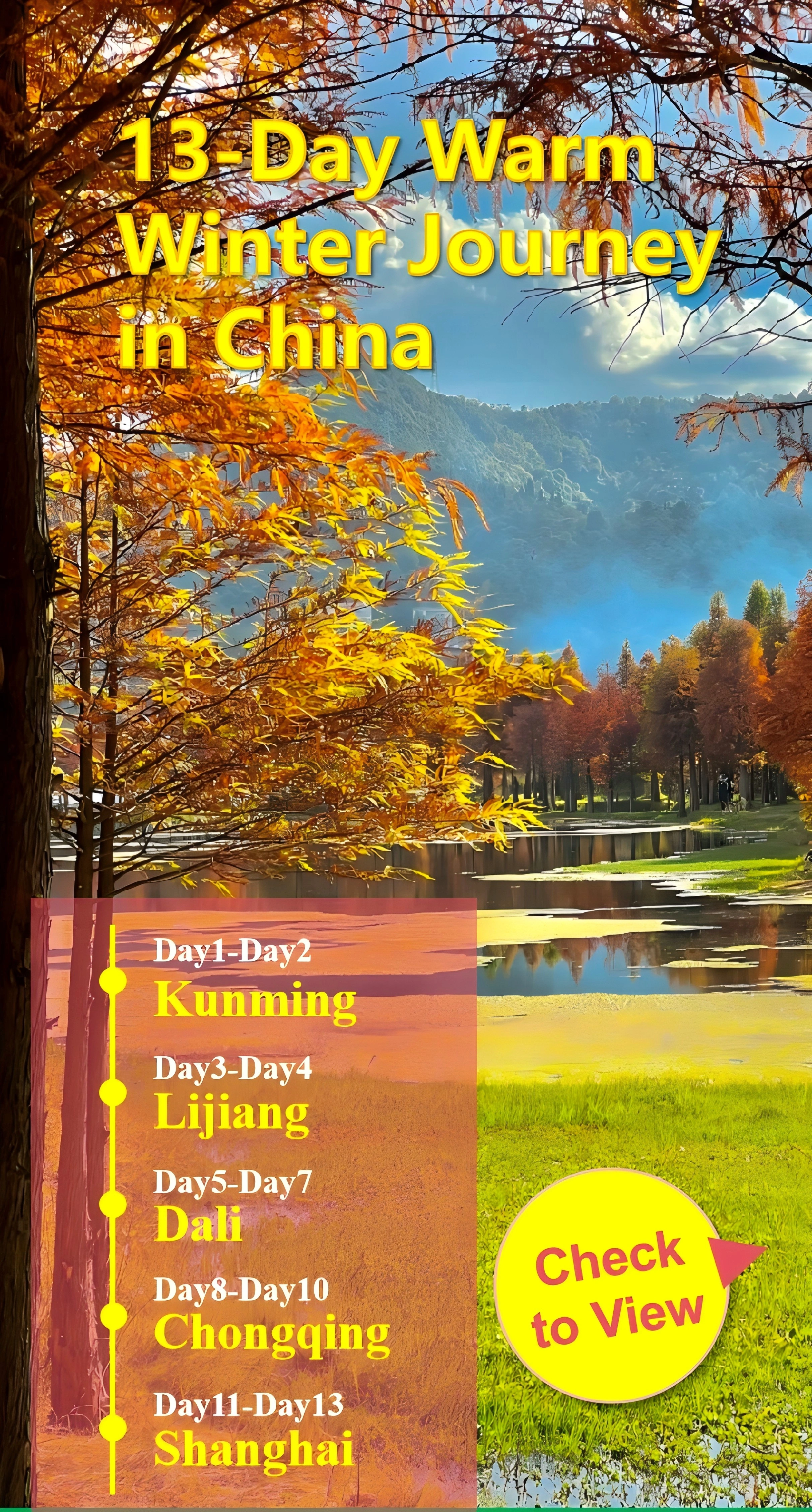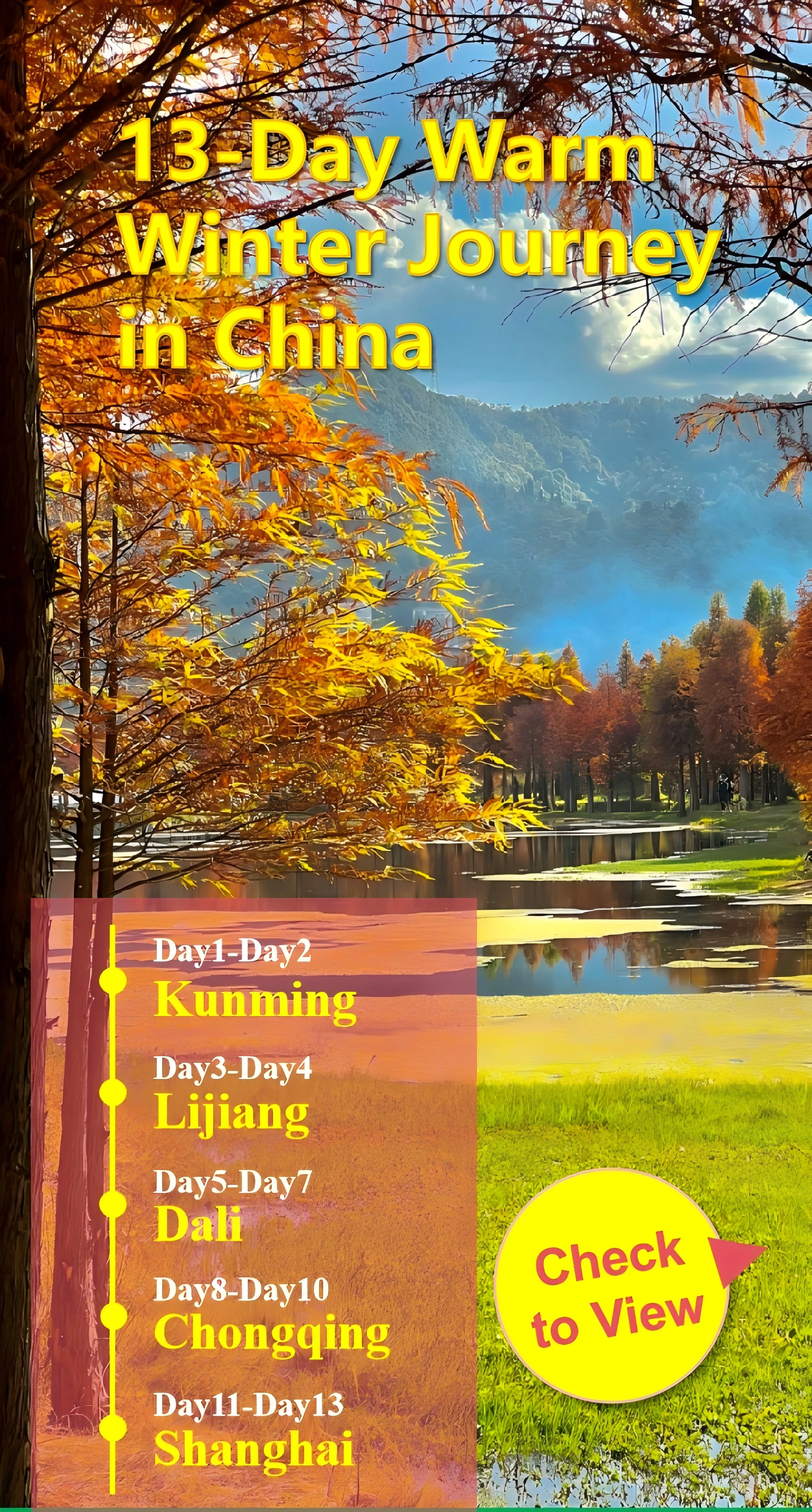Tenglong Cave
Historical Significance
Tenglong Cave has a storied past dating back thousands of years. Ancient inscriptions and artifacts suggest it was revered as a sacred site by local communities, who sought shelter and spiritual refuge within its chambers. In the 1980s, Chinese cavers launched systematic explorations, revealing its vast scale. Today, it stands as a UNESCO Global Geopark, symbolizing humanity’s enduring curiosity about subterranean worlds.
Geological Formation
Formed over millions of years by the dissolution of limestone by water, Tenglong Cave showcases spectacular karst features. Stalactites, stalagmites, and flowstones adorn its ceilings and floors, while underground rivers like the Yunlong River carve dramatic canyons. The cave’s highlight, the "Dragon Palace Hall," spans 60,000 square meters and rises 80 meters high, housing rare formations like the "Sword-Like Pillar" and "Pearl Curtain."
Flora and Fauna
Despite its darkness, Tenglong Cave supports a unique ecosystem. Blind fish, cave crickets, and transparent shrimp thrive in its waters, adapted to life without light. Rare bat species, including the horseshoe bat, roost in remote chambers. Above ground, the surrounding forests teem with wildlife like pandas, golden monkeys, and ginkgo trees, creating a biodiversity hotspot.
Cultural Connections
The cave holds deep cultural ties to the Tujia minority, who inhabit nearby villages. Their folk songs, dance, and embroidered costumes reflect harmonious coexistence with nature. Annual Festivals, such as the "Dragon Boat Cave Ceremony," celebrate the cave’s mythical guardian spirits. Visitors can witness traditional Tujia architecture, taste sticky rice cakes, and learn about ancient cave-dwelling practices.
Outdoor Activities
Tenglong Cave offers thrilling adventures for all ages. Guided boat tours navigate the underground river, while hiking trails wind through the "Dry Cave" section, revealing geological marvels up close. For the daring, zip-lining across the "Dragon Palace" or rappelling into hidden chambers provide adrenaline rushes. Photography enthusiasts flock to capture the cave’s ethereal glow under colored lights.
Accommodation and Services
Nearby Lichuan City provides a range of accommodations, from budget guesthouses to luxury resorts. Cave-themed hotels offer immersive stays, while Tujia homestays provide authentic meals of spicy fish and bamboo shoots. Facilities include souvenir shops selling jade carvings and herbal medicines, as well as medical centers for altitude-related concerns (the cave entrance sits at 1,400 meters).
Travel Tips
Best Time to Visit: April to October for mild weather and clear river access.
Essential Gear: Comfortable shoes, a light jacket (cave temperature: 12–16°C), and a waterproof bag.
Safety: Follow guides strictly; flash flooding risks exist during rainy seasons.
Sustainability: Avoid touching formations and dispose of waste properly.
Tickets: Book online for discounts; combine with nearby Enshi Grand Canyon for a full adventure.
Contact Us
What Our Clients Say?
Based on 10,000+ traveler reviews














